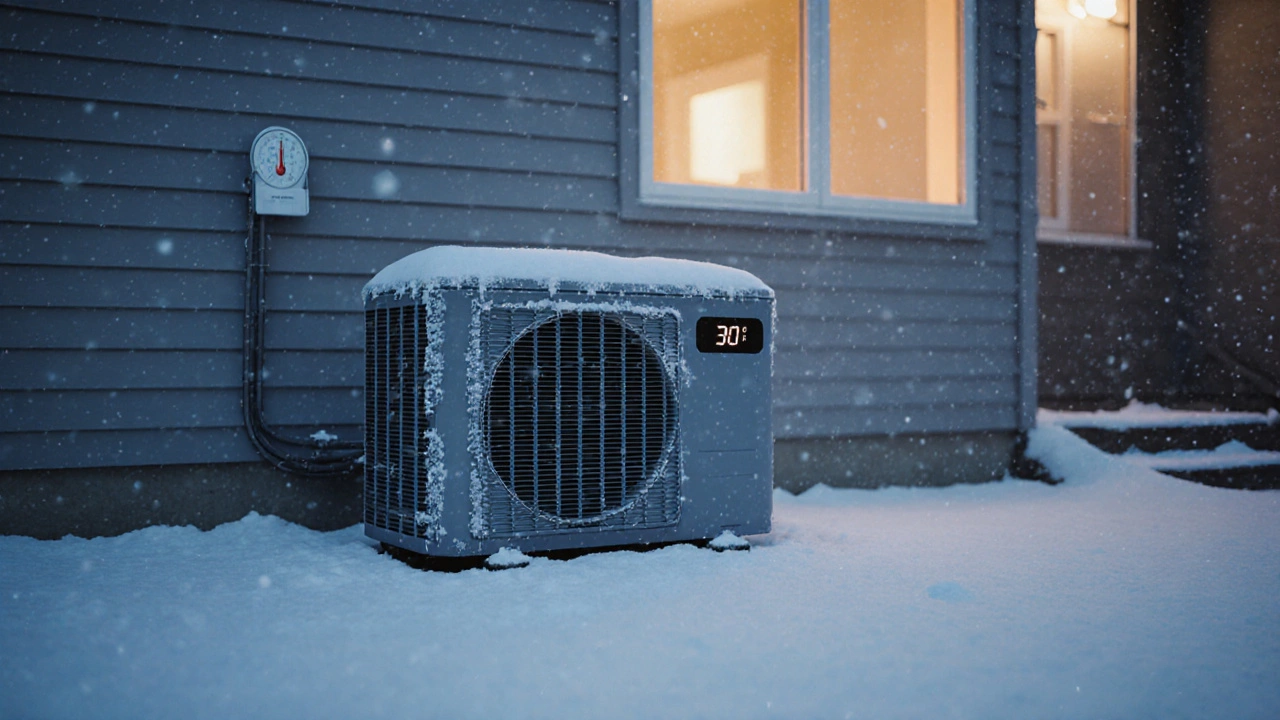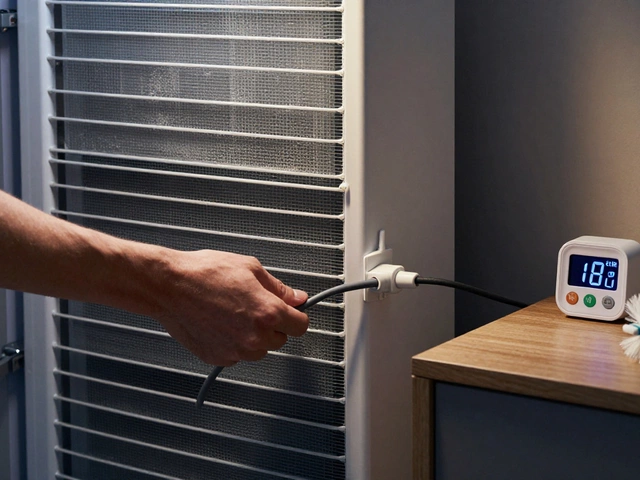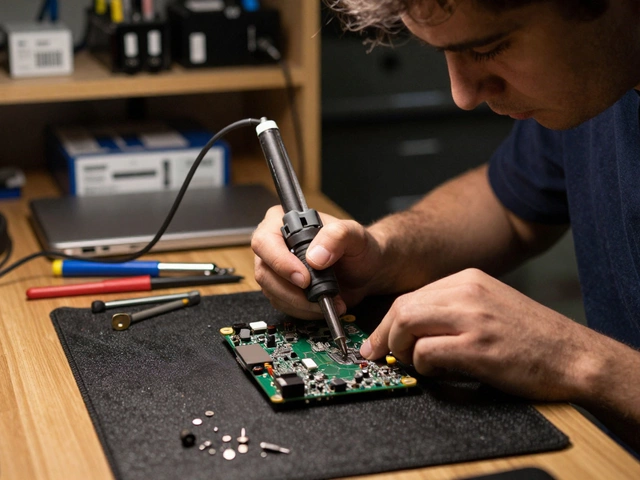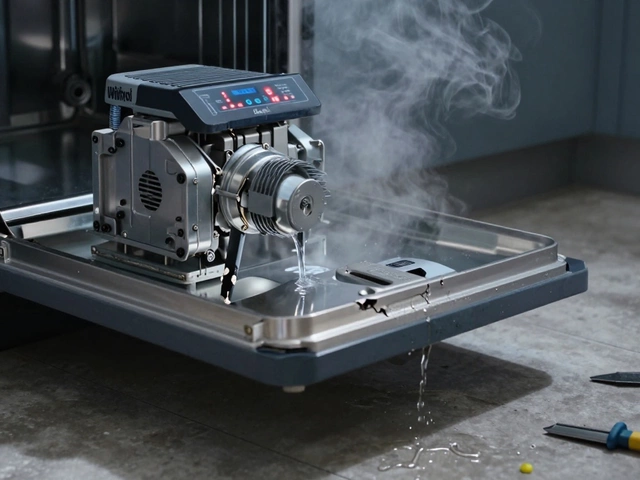HVAC Efficiency: Boosting Home Comfort and Savings
When working with HVAC efficiency, the measure of how well heating, ventilation, and air‑conditioning systems turn energy into comfortable indoor conditions. Also known as energy‑smart HVAC, it helps lower utility bills and shrink your carbon footprint. HVAC efficiency isn’t a single gadget; it’s the result of several pieces working together. A well‑tuned heat pump, moves heat instead of generating it, giving you high seasonal performance with less electricity can shave off 30% of heating costs. Meanwhile, an efficiently running boiler, the heart of many UK homes that heats water for radiators and taps ensures you don’t waste fuel on short‑cycling or leaks. Regular water heater, stores hot water for daily use and can be a hidden energy drain when sediment builds up checks keep that drain small. And don’t forget the extractor fan, the ventilation workhorse that removes moisture and odors, preventing mold that can force HVAC systems to work harder. Together, these components create the backbone of a high‑performance home climate system.
How These Systems Interact to Drive Efficiency
First, HVAC efficiency encompasses proper heat‑pump sizing and placement; a unit that’s too small will overwork, while one that’s too big will cycle on and off, wasting energy. That same principle applies to boilers: a modern condensing boiler, when matched to the home’s heat demand, captures waste heat that older models lose. Water heaters that maintain the right temperature without excessive standby loss also feed the system with consistent hot water, reducing the need for the boiler to fire up extra often. Finally, extractor fans that run at the right speed keep humidity in check, so the heating system doesn’t have to compensate for damp air. In short, efficient ventilation, heating, and hot‑water supply are interlinked; improving one often boosts the others.
What does that mean for you? Regular maintenance is the cheapest way to keep the chain strong. A quick power‑supply check on a fridge, a thermostat reset on a water heater, or a filter clean on a heat pump can add up to big savings. Our collection of guides below walks you through each of these tasks step by step. You’ll find how long a boiler swap usually takes, what to look for when a heat pump starts icing up, and how to diagnose a cold water heater. Whether you’re a DIY‑enthusiast or prefer a pro, the articles give you clear timelines, tools lists, and cost expectations so you can plan ahead and avoid surprise breakdowns.
Beyond the how‑to’s, the posts also cover the “why” behind each check. For example, the heat‑pump malfunction guide explains how outdoor temperature swings affect coil icing, while the boiler maintenance checklist details how a simple pressure‑relief valve inspection can prevent dangerous leaks. Understanding the cause helps you decide when a quick fix is enough and when it’s time to call a specialist. That knowledge is the core of true HVAC efficiency – not just fixing the symptom, but keeping the whole system running at its best.
Below you’ll find a curated set of articles that dive deep into each of these areas. From diagnosing a non‑heating oven to troubleshooting a fridge that won’t cool, the collection reflects the full range of appliances that influence indoor climate. Browse, learn, and apply the tips – your home will stay comfortable, your energy bills will shrink, and you’ll avoid costly emergency calls.
When Does a Heat Pump Lose Efficiency? Temperature Limits Explained
- Alden Wilder
- Oct 22 2025
- 0 Comments
Learn the temperature thresholds where heat pumps lose efficiency, how different models compare, and practical tips to keep them running smoothly in cold weather.
View More



